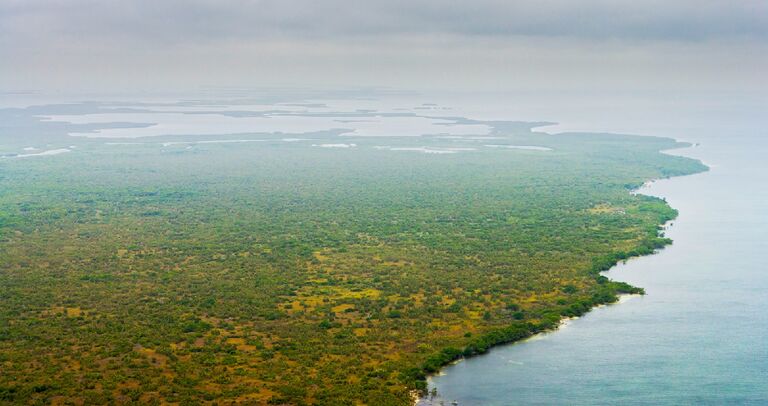When Scientists Scanned A Jungle With Light Waves, They Discovered A Monumental Mayan Secret
High above the canopy of a Belize wetland, researchers hover as they gather data about the earth below. And while the team can’t see through the leaves to the ground, the laser beams that they fire from their aircraft certainly can. Then, as the light bounces back up, it reveals a monumental secret — one about the ancient Maya people who once roamed here.
Seeing things differently
Yes, many centuries ago, the Maya dwelled in the Birds of Paradise wetlands. And the marsh — which covers two square miles or so — has actually been extensively studied by experts for decades. Now, though, modern technology allowed researchers to see this swathe of land as they never had before.
Lost to time
And for those specializing in the Maya, this advancement proved crucial. After all, the civilization had long since crumbled, with the last Maya city having fallen in 1697. Many of the people’s artifacts faded away with them, too — or so we had long thought. But in 2019, researchers discovered otherwise.
Vast empire
So, who exactly were the Maya? Well, while hunter-gatherers once roamed Central America, the Preclassic period — which extended from 1800 B.C. to 250 A.D. — saw these wanderers put down roots. Among these people were the Maya, who began to build cities across the region. And, ultimately, they inhabited all of modern-day Belize and Guatemala as well as parts of Mexico, Honduras, and El Salvador.
Reaching their peak
Then, between 250 A.D. and 900 A.D., the Maya hit the peak of their influence, with their rise to the top more or less unmatched. In his 2011 book The Maya, Yale professor Michael Coe explained how the civilization “reached intellectual and artistic heights which no other in the New World — and few in Europe — could match at the time.”

